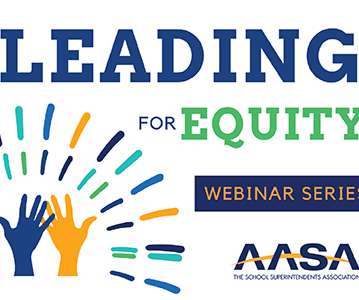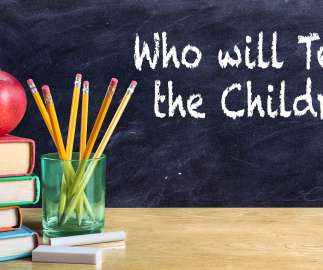Implementing Innovation Strategies to Make School Districts More Equitable
edWeb.net
APRIL 30, 2021
Conner’s district, is schools will become hubs, teachers will become learning accelerators, and students will become co-authors of their own education. This edWeb broadcast was hosted by AASA, The School Superintendents Association and AASA’s Leadership Network, providing premier professional learning for educational leaders.















Let's personalize your content